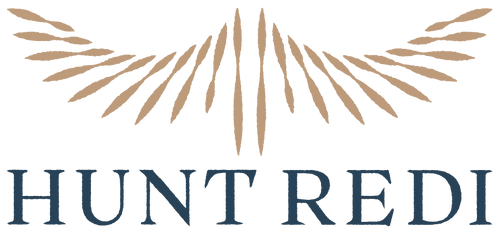The common pheasant is reported to be one of the most hunted game birds in the world. Considered native to Asia and parts of Europe, it's been introduced to numerous regions around the globe for pursuit by sportsmen and their beloved gun dogs. The hearty pheasant has thrived in diverse habitats making it one of the most well known and longest running game birds...no pun intended.
In North America, it's commonly reported that blackneck pheasants were introduced in the in New York around 1773 but weren't able to flourish. Based on numerous reports I've read, pheasants didn't really grab a solid foothold until ring-necked pheasants were introduced in the northwest U.S. in the late 1800's and began to spread eastward. Huntable pheasant populations can now be found in many states including Oklahoma, Missouri, Colorado, North Dakota, South Dakota, Nebraska, Iowa, Kansas, California, Utah, Montana, and Wyoming.
The pursuit of the ring-necked pheasant, or simply called "pheasant", has led our crew to some pretty remarkable landscapes over the years. We've chased these track stars of the uplands across the Great Plains and found them thriving in a wide variety of terrain and cover. If you've spent much time hunting pheasant, you've probably participated in pushing larger pieces of cover with bird dogs quartering in a windshield wiper pattern. Wiley roosters can be bagged in thick fields dedicated to CRP, various types of regional native grasses, wind breaks of various types of standing timber, and short brushy sections found along crop field edges.
I've also found small unsuspecting "islands" of cover can be very productive and should be part of your arsenal when you're on the search for roosters. Here are some things to file away for the next hunt...
- As you survey the public atlas or scroll around OnX in search of options, consider those tiny slivers that many others will pass over in search for larger pieces of ground
- Consider hitting the four corners of an irrigation pivot which can provide ample cover in between feeding sessions. (this is a great option when the weather is brutal or dogs are tired...quick hits and back in the truck)
- As you push a creek or draw in a crop field, keep an eye for a little "island" just outside the main sections of cover as they can hold birds hiding from the dogs which are focused on the primary cover
- Always push out little "fingers" of cover protruding from the main area being hunted, roosters can be sneaky and will often stay on the ground right until the very end and explode into the air only when they absolutely are out of cover options
- Small wind breaks in the middle of vast open prairies can look very unsuspecting but you'd be surprised how many birds they can hold given the lack of cover options...it's a quick hit with a couple dogs and often worth the push
- Old home places from days gone are bypassed by farming equipment which allows for some natural cover to grow...if you're in bobwhite / pheasant crossover regions, we've found they're often worth the time
The flush of a mature rooster erupting from thick cover and that unmistakable cackle almost tempting you to miss, simply never gets old. Best of luck as you hit the field, until our dogs cross paths in wide open places chasing wild birds, always stay #huntredi!
Heath Seiner
Hunt Redi co-founder | www.heathseiner.com | @heath.seiner

